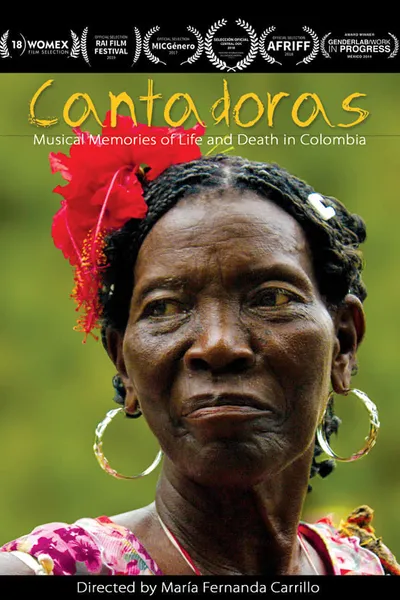Inés Granja
From Timbiquí (Cauca), South Pacific coast. Recognized in the region, she is a traditional composer and singer, interpreter of currulaos, bundes, juas and rumbas, bearer of the ancestral tradition of the old bambuco that arose from the encounter of African cultures and colonizing culture.
The currulao is played with the maronba de chonta in the melodies and the rhythmic support; and the cununos, the guasá and the bass drum on percussions, all traditional instruments made of wood. There is a leading voice and responsive choruses. This manifestation was included as Intangible Heritage of Humanity by UNESCO in 2010.
Inés Granja in her lyrics narrates the struggles of the enslaved people, talks about her peasant region and her being from Timbi, about the daily activities of her people and tells about the displacement and illicit crops that the conflict brought.
Inés was a teacher at the House of Culture of Timbiquí teaching traditional rhythms. She stands out in her musical career as director of the Grupo Santa Bárbara de Timbiquí with whom she won two awards at the Petronio Álvarez Festival in 2009; and the production of the solo album "La voz de la marimba".
Known for
Acting


